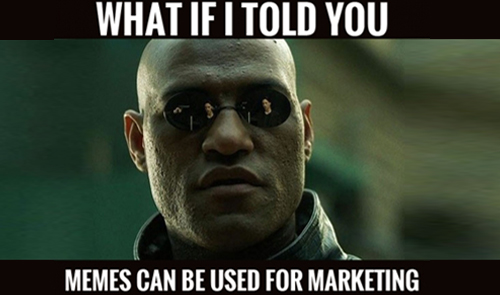
While it once may have sounded like the work of science fiction, the world of Augmented Reality Marketing has arrived and shows no signs of disappearing!
Holding a 2021 market size of more than 21 billion dollars USD and the projected power to boost global GDP to 1.5 trillion dollars in the next eight years…
…it is inevitable that AR services will become a more significant part of our lives, our business, and every business’s relationship with its customers.
And this is where marketing comes in!
Brands from many industries have already begun incorporating AR technologies to help advertise and showcase their products to customers in a more novel and engaging way.
Augmented reality marketing opens the door for unique and immersive experiences for customers. By connecting the physical and digital worlds, you can offer them an innovative invitation to your product or service in a familiar environment.
Your AR creations can even be mixed with and viewed through mobile platforms, which is how most people access the Internet and do their online shopping.
Using AR, you can better demonstrate how your product can impact your customers.
By staging hybrid scenes or using models and actors to interact with your AR elements, your audience can better imagine themselves using what you offer.
This, of course, makes them more interested and far more inclined to buy in!
In this fast-paced digital economy, creating new methods of grabbing your audiences’ attention fast…
…and interacting with them in the new-age online spaces they frequent, such as the Metaverse…
…will be vital in growing both your revenue and your outreach!
But what are some strategies companies are using to leverage the power of AR services? And what can you do to help boost your own marketing game with these techniques?
Well, that’s what we’re going to discuss today! So read along to find out!
Augment Your Existing Branded Materials

Everyone needs to get their businesses’ names and logos out to build brand awareness with their future customer base.
But traditional branded materials, such as business cards, brochures, and posters, are commonplace and easy to overlook. We’ve all seen the unfortunate garbage bin stuffed with fliers and advertisements.
But with some creative use of augmented reality, you can enhance or even eschew these standard materials by adding a virtual component.
For example, users could scan printed materials with their mobile devices to access a new range of options and features.
This could reward them with additional information or contact points for your brand!
One such example would be AMC’s “Living Movie Poster” concept.
By applying a scannable AR symbol to the various move posters decorating their halls, customers can use AMC’s proprietary app to examine it.
Upon doing so, the app gives access to the trailer for said movie right from their phone!
It also enables them to immediately book tickets or save the film to their profile to remember for future visits.
These same AR symbols can even be scanned in online advertisements or magazines!
By adding this one simple and engaging AR element, they simultaneously get customers more involved in the ecosystem of their partnered app…
…and create a whole new way to market current and upcoming movie campaigns!
Branding materials modified this way heighten engagement and allow you to share more context with your audience than what blocks of text and flat images could typically allow.
And besides, there’s no better way to stick in your customers’ minds than by literally leaping off the page!
Leverage Augmented Reality Ads
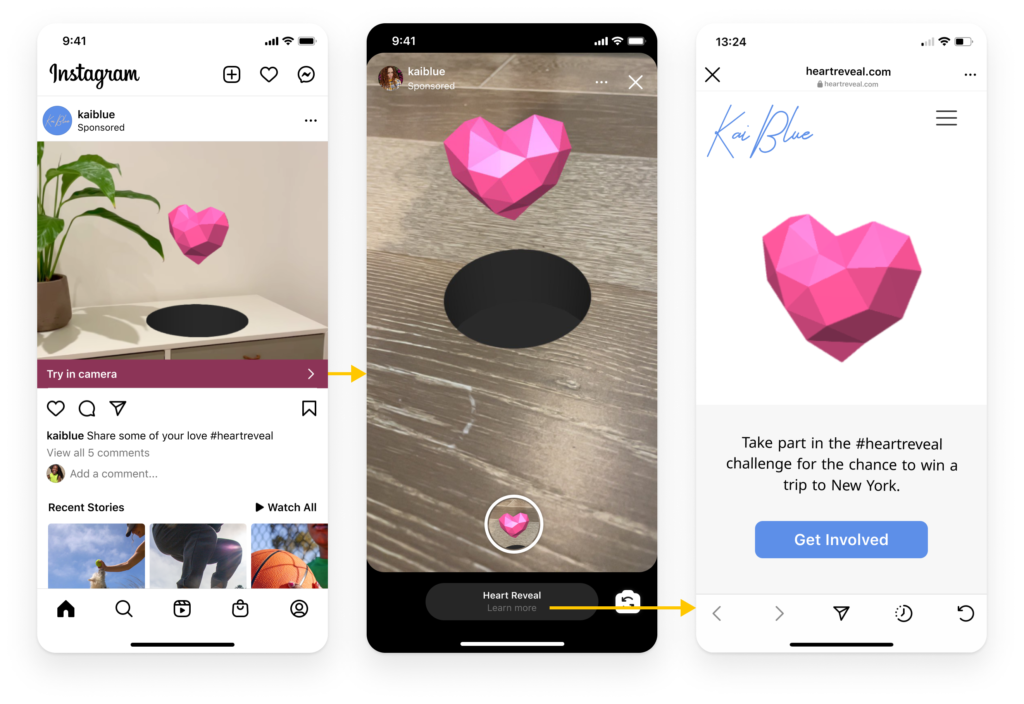
In our modern age, where high-speed Internet exposes us to information rapidly…
…it’s no secret that traditional marketing strategies wear on our patience and get boring fast.
How often do you count down the seconds waiting to skip the next queued-up ad on YouTube?
Or desperately hunt to close out the pop-up window that just thrust itself onto your screen?
And how many emails do you think get deleted without a glance or sorted into the Junk Folder?
These common digital marketing methods often feel spammy and risk driving away potential customers.
But by integrating Augmented Reality Marketing elements into your business, you can surprise and excite customers with something different and entertaining…
…rather than pestering their feeds or flooding their inboxes!
For instance, you could use Augmented Reality Camera Effects across various social media platforms (such as Facebook Feeds, Instagram Feeds, and Instagram Stories) to get people to interact with your brand.
First, think of a fun or interesting Augmented Reality element that pertains to your business that you could overlay with a camera.
Then, supply some directions for your ad design to distribute to the users who play around with your effect.
Make sure to include a call to action to inspire them to make a purchase or link your website so they can learn more.
People who interact with your ad can take photos or videos to share their experiences, further increasing your outreach efforts. And you analyze your metrics after campaigns end to learn how to optimize results!
Your audience is far more likely to remember your brand and what you’re pitching to them if they enjoyed interacting with your ad…
…or you at least offered them something outside the norm!
Build a Live AR Experience

Augmented Reality Marketing implementation can also be part of an indirect sales strategy.
Simply by using these cutting-edge techniques that are still fresh to the marketing space, you can enhance the brand’s status with “Wow” and “Cool” factors alone.
Crafting an incredible and memorable AR experience can result in a bump of clout and recognition for a brand if done well and correctly!
As Augmented Reality is a relatively new-age phenomenon for the general public…
…a well-designed AR experience will stir up talk and shares across social media!
As people naturally gravitate towards popular brands, this exposure can pay dividends in the long run.
Uber’s Magic Mirror Display campaign is an excellent example of this strategy.
They erected a large video screen in Zurich’s popular Main Station, which reflected the nearby scenery alongside some other dynamic visual elements.
Not only was an Uber-branded vehicle present in this AR scene, but other animated objects and effects for onlookers to interact with!
Elephants, lions, weather simulations, and even a fully-articulated jungle landscape were a part of this feature!
Many travelers stopped from their busy commutes to stop, watched themselves in the AR echo, and took photos and videos of themselves as presented in the scene.
By creating this interactive AR experience for their riders, Uber managed to score over one million views through uploaded reactions!
Companies can use similar strategies to generate additional earned revenue via media exposure.
In these high-stakes and competitive markets, an AR campaign can ultimately be the differentiator that allows a brand to create sustained notice and recognition.
Add a “Try Before You Buy” AR Experience to your Website
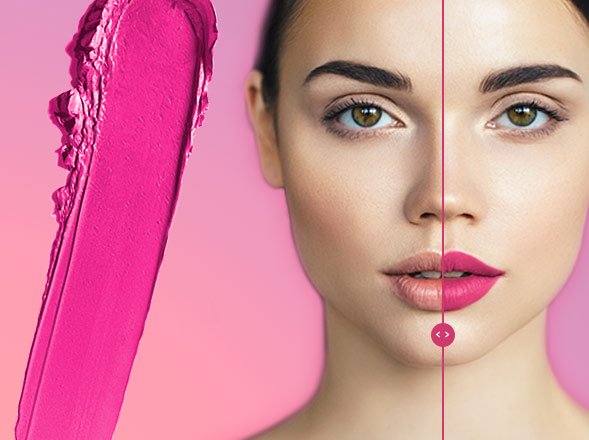
Potential customers desire to try products they’re interested in before purchasing them.
The advent of fitting rooms, cosmetic samples, automobile test drives, and other related strategies speaks directly to this need. And these techniques have proven effective time and time again!
As such, Augmented Reality shopping experiences are quickly becoming a trend in the retail industry.
Using AR, prospective customers can model and try on various products.
Clothing items, furniture pieces, and an impressive range of home-related products are already available to be sampled via AR without needing to interact with them directly.
This kind of AR implementation also negates the need for a large physical inventory to facilitate try-on…
…and supplement the additional sample products you would otherwise hold aside in the store!
A perfect example of this type of AR Campaign is Mabelline’s Makeup Virtual Try-on.
Customers use the front-facing cameras on their mobile devices to view themselves as they sample various cosmetic products.
These potential purchases, such as sticks of shaded lipstick, are applied in real time to their reflection.
This allows them to experiment and form a mental picture before buying.
The try-on app even directly links customers to retailers carrying that signature shade!
It even allows users to share augmented selfies on social media to get friends’ opinions (with the added benefit of improving outreach)!
Ultimately, allowing users to try on a product before purchasing helps them make more informed decisions.
And customers tend to trust and invest in brands that give them this level of insight!
Augment Your Sales Presentation Materials
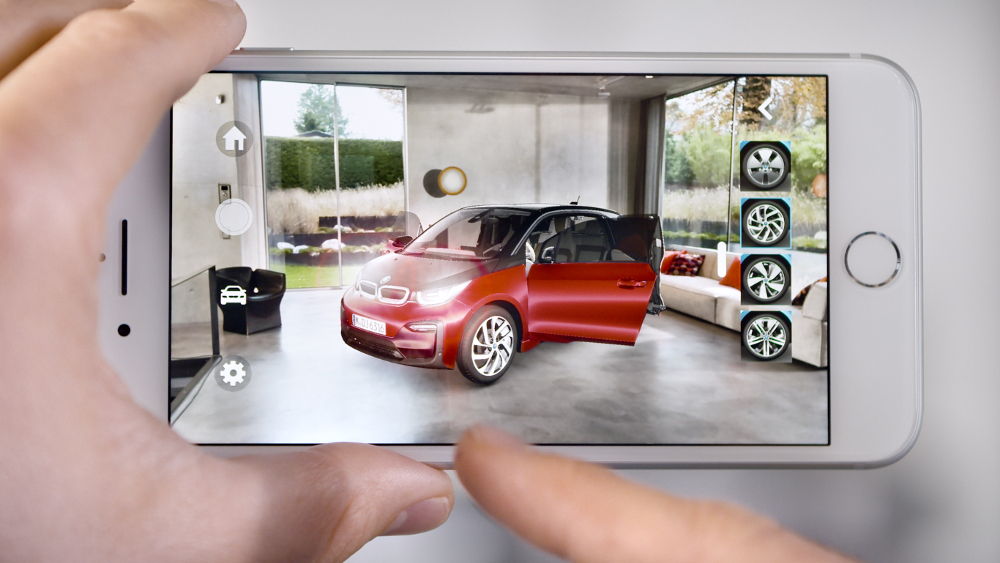
Similar to how upgrading your Branded Materials can help you build positive perception and status with potential customers…
…applying Augmented Reality to your Sales presentations can have similar positive effects!
While adding AR elements to physical items like fliers and brochures can help influence some buyers…
…it’s no surprise that most customers are interfacing with advertisements in less tactile formats, such as viewing them on their smartphones.
By curating AR experiences on platforms you are already utilizing to market to customers, you can ensure it’s getting visibility from your target audience…
…and generating some impact by getting them to interface directly with your sales presentations!
An example of this technique done well is BMW’S Augmented Reality Car Visualizer.
The application serves as a virtual showroom for BMW’s line of premier vehicles, realized in full through AR.
Downloading allows users to choose a vehicle and then examine a life-size digital model of the car in real-time…
…using their own smartphones as visual portals!
Users can also make various alterations to the product, such as swapping out the wheel rims and changing the car’s color with a few simple taps and swipes.
For a closer look, you can even hop inside the driver’s to get a firsthand look at the interior—the color of which can be switched up on the fly.
BMW first introduced this technique during the peak of quarantine when their showroom sales effectiveness plummeted by 99%!
However, after introducing this innovative campaign, the result was nearly 200,000 digital showroom impressions and over 10,000 hours of visiting time logged.
AR can maximize the output of any sales presentation if executed well!
Build an AR Filter for your Instagram Account
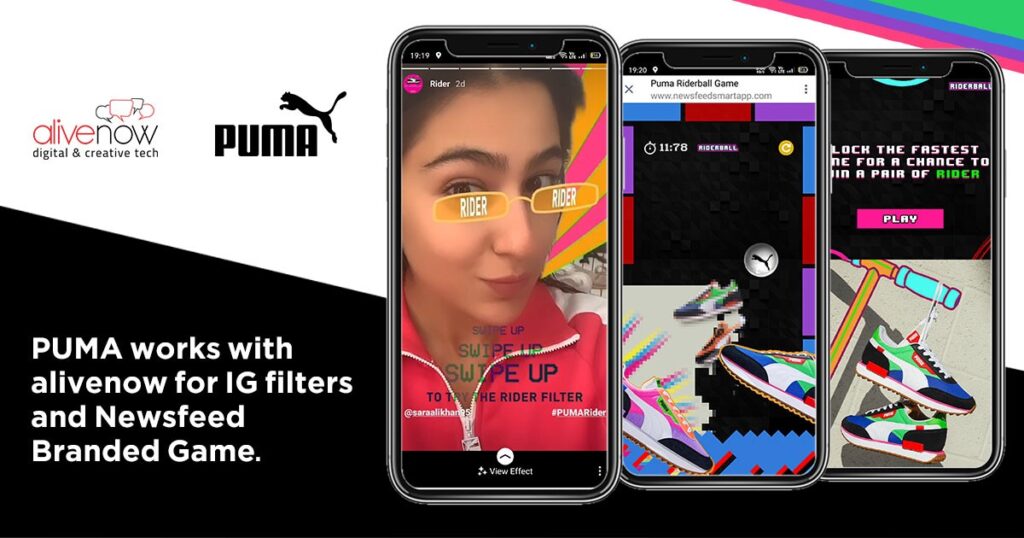
Influencers have significantly impacted marketing strategies across nearly all fields in recent years.
And with the advent of more UGC (“user-generated content”) platforms on the rise, this method isn’t going anywhere anytime soon!
But just how will emerging technology like Augmented Reality affect this already highly utilized Influencer space?
When a brand partners with an Influencer for a campaign, they often need to supply the individual with a product or service to market.
In addition, they need to dispense some guidelines on how to style the advertisements (such as brand fonts, colors, etc.).
While these supplies and directives help align the Influencer’s content with your vision…
…it ultimately leaves a great deal of room for interpretation which may stray away from your desired outcome.
But what if you had more creative control over what was being broadcast from your Influencer partner?
An Augmented Reality filter allows you to design visual elements that will display as you intend no matter who uses it for marketing purposes, including Influencers!
Take, for example, Puma’s Instagram Filter.
Puma designed an AR filter utilizing an anticipated sneaker drop’s colors and retro stylings, giving them complete power over their presentation.
This branded filter alone accounted for 4,000,000 impressions across Instagram!
Imagine that kind of reach in collaboration with an Influencer’s follower count!
Using app filters and leveraging digital assets, human influencers can elevate their personal campaigns and provide value for their audience…
…all while operating under your original artistic vision!
Seeing a familiar face interact with your Augmented Reality content can help to establish trust in your target audience through a whole new medium!
Augment a Physical Location
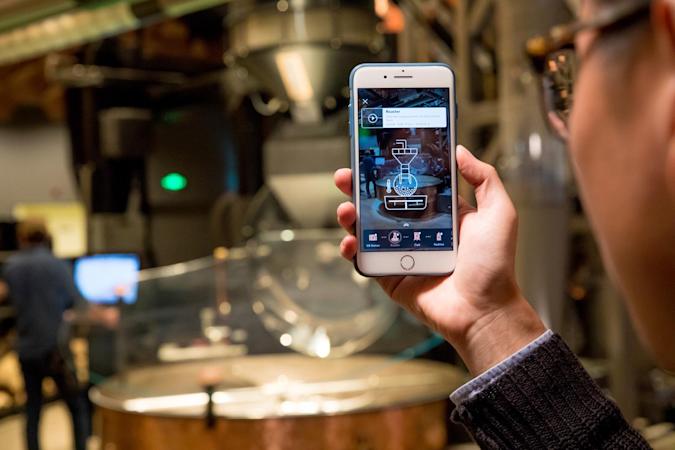
Augmented Reality services allow businesses to add an interactive, digital component to typically purely physical locations.
For example, the ticket-sales company StubHub created an augmented reality app, which enabled users to view a 3D diorama of the stadiums where their events were being held.
As a result, customers could better visualize the stadium’s look from various seats and angles to choose the right seating arrangement for them.
On a retail level, Starbucks has opened augmented reality channels by digitizing the experience of visiting their coffee shops.
Long a proponent of using tech-centric tactics to entice customers into picking up lattes, they’ve recently plunged into the world of AR at their supersized Reserve Roastery, located in Shanghai.
Users can scan objects within the shop to access a virtual tour, which shares additional information and expands upon what could be reasonably shared on-site.
For example, by pointing your phone at equipment like roasters and casks, users can learn more about how the machinery works…
…and how its usage helps create some of Starbucks’ most popular beverages.
Starbucks also offers customers who partake in this AR tour a badge for completion.
Not only that, participants can earn a unique “Roastery filter” to memorialize the occasion (as well as aid in organic outreach efforts)!
Adding these kinds of tools to your physical locations allows you to turn every mundane trip a customer makes to your place of business into an adventure or miniature event!
These Augmented Reality upgrades get people lingering in and interacting with your shops a little longer, which will not only help build brand relations…
…but also inspire actions taken in-store!
Create a WebAR Experience Launched with a QR code
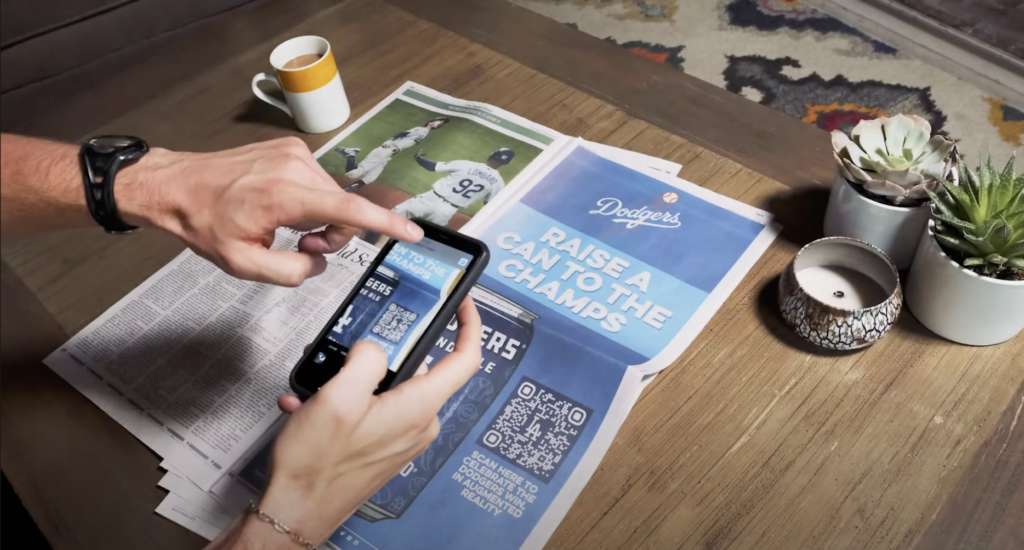
So far, we’ve discussed the merits and benefits of Augmented Reality campaigns and the various ways they can be used.
But by now, you may be wondering…
…what are some of the drawbacks or limitations?
You might’ve noticed that many of the AR marketing solutions so far require some form of a proprietary app or other specialized delivery systems to showcase to the public.
Unfortunately, if your target audience is not utilizing the applications you’ve designed for your AR experience…
…there’s no way they can see (and, more importantly, interact with) your marketing material.
So is there a way to work around this barrier to entry?
There is an answer to this issue in the form of WebAR.
WebAR stands for Web-based Augmented Reality.
It is a technology by which users can interface with AR content in a web browser, unlike traditional AR experiences, which require downloading and installing a dedicated app.
Anyone with a web-enabled device can view your AR creations without additional software!
They can also be easily shared via a URL, allowing them to gain more traction with wider audiences. In fact, on average, WebAR solutions can reach nearly twice as many users as AR applications.
For example, look at the Golden Road x LA Dodgers WebAR collaboration.
By syncing a WebAR experience bound to a QR code advertisement in the LA Times, Golden Road was able to sponsor its product via an AR filter housed online.
With the LA Times’ vast publication and the filter’s open online design, this endorsement collected tons of impressions!
Use AR on Snapchat to Drive People to Your Store
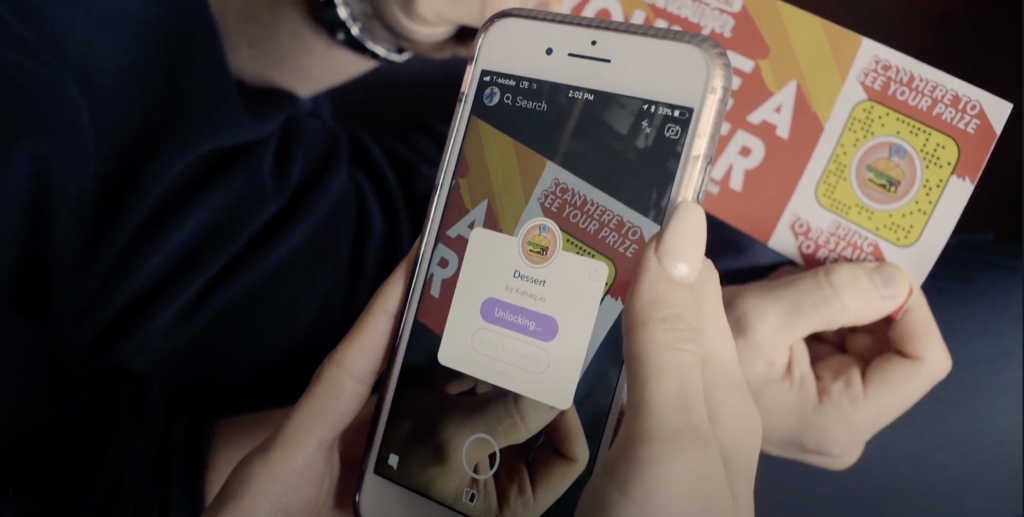
Advertising your product or service is undoubtedly a benefit to Augmented Reality…
…but how do we turn these marketing opportunities into something more actionable?
How can we help drive foot traffic and buyer participation at our places of business?
One answer to this question lies in an AR variation of one of the oldest outreach strategies available…
…the humble coupon!
By offering a monetary discount or other incentives to users who can prove or validate that they’ve interacted with your AR marketing campaign…
…you can directly link your ad’s performance with purchasing power!
As a model for study, consider Bareburger’s Snapchat AR Prize campaign.
Bareburger capitalized on the geolocation features of the Snapchat platform, allowing them to broadcast a specialized filter to customers in their vicinity.
This filter not only showcased AR simulacrums of their menu items, allowing customers to get an idea of what they were hungry for before ordering…
…but it also allowed for the ability to scan Snapcodes randomly distributed in their takeout orders or delivery bags!
If a customer activates this code and then takes a picture through Snapchat with said filter, they could redeem a chance at winning prizes such as free burgers, fries, and shakes!
Not only does this reward buy-in from new and potential customers, but the filter’s technical metrics also offer some valuable operational information.
The customer’s proximity to the filter’s linked business, the number of impressions made with said filter, and how often a customer redeems these Snapcodes can all be measured with this technique.
The Wrap Up

And there you have it!
After thoroughly investigating various applications of Augmented Reality marketing, it’s easy to get an idea of how the future of advertising might shape up.
Although much of what we’ve discussed has already been implemented by various brands in some fashion…
… it’s important to note that some techniques are mere projections of what they can be and could accomplish per the development of the tech.
As Augmented Reality capabilities evolve, so will what is possible within the marketing space.
But with companies clambering to adopt even the earliest versions of these campaign types, there’s no doubt that supply will grow to meet demand in time.
At the end of the day, moving to use Augmented Reality marketing serves three purposes:
- To not fall behind the changing landscape of the consumer relationship with digital spaces and the nature of the online activity.
- To position your brand as a thought leader and early adopter, which generates attention and hype for your business.
- To create new avenues through which you can offer purchasing pathways or other benefits to your target audience.
In all three scenarios, Augmented Reality Marketing will only benefit your brand moving forward…
…so if you want to be ahead of the curve when it comes to dominating the AR marketplace…
…best start building those digital bridges and customer relationships early!
